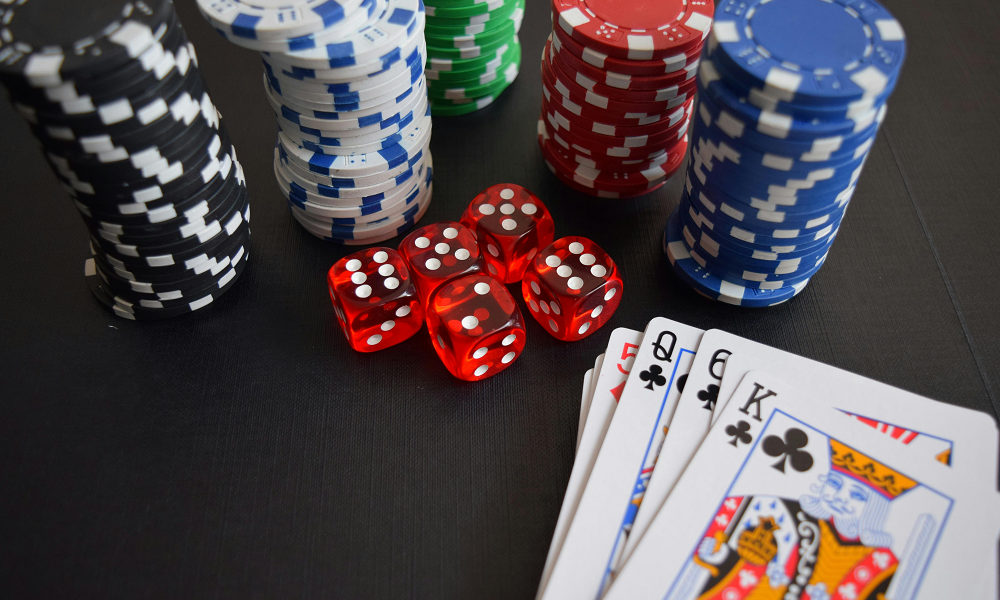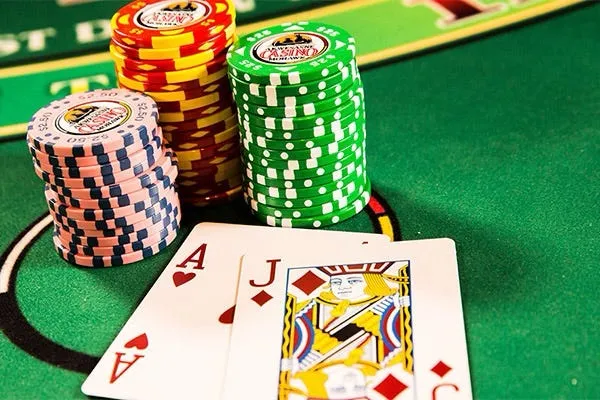Bluffing is one of poker’s most iconic strategies. The mere thought of outsmarting competitors with a confident bluff brings to mind dramatic showdowns in movies and high-stakes tournaments. However, in Miami’s bustling poker scene, players quickly learn that bluffing isn’t the surefire tactic it’s often made out to be.
Whether you’re at a casino table in Brickell or sitting down at a private game in South Beach, understanding the complexities of bluffing can mean the difference between stacking chips and leaving empty-handed.
Here’s a closer look at the harsh truths about bluffing in poker and how to use this technique effectively in Miami’s competitive environment.
The Bluffing Myth
It’s easy to see why many beginner players are drawn to bluffing. Pop culture has glamorized it as the ultimate display of skill. After all, what’s cooler than pushing all your chips in with nothing in your hand and watching your opponents fold? But here’s the hard truth about bluffing in poker—it’s often misunderstood and misused.
Bluffing only works when it’s backed by calculated strategy and careful observation of your opponents. Many rookie players fall into the trap of bluffing too often, thinking it’s a fundamental part of every hand. The reality is that bluffing is just one tool in a poker player’s arsenal, not the backbone of the game.
The Risks of Bluffing
Bluffing is inherently risky. When done poorly, it exposes you to unnecessary losses and weakens your table image. For example, bluffing in early rounds or with opponents who rarely fold is a common mistake that can quickly drain your stack.
Miami’s poker tables are home to a wide variety of players, many of whom are highly skilled and experienced. Sitting across from someone who’s seen every bluff in the book can make poorly timed attempts feel like throwing money into the wind. Aggressive regulars and players familiar with the local scene are often adept at calling bluffs and using them to trap overconfident opponents.
Another risk is reputation. Bluffing too frequently can brand you as a reckless player, making it difficult to gain credibility when you do have strong hands. Opponents who’ve marked you as an overzealous bluffer are more likely to call your bets, even when you’re genuinely holding a winning hand.
When Bluffing Is Effective
Despite its risks, bluffing can be highly effective when executed correctly. The first key is to pick your spots wisely. Bluff against opponents who you know are capable of folding, particularly those with tight playing styles who value their chips.
Pay attention to the texture of the board as well. Semi-bluffs, where you bet on a weak hand with outs (such as a flush or straight draw), are particularly powerful because they give you additional ways to win. If your bluff fails, hitting your draw on the next turn can still secure the pot.
Timing also plays a huge role. Bluffing is more convincing in situations where the board scares your opponents. For example, betting aggressively on a flop with high cards like an Ace or King may convince others to fold weaker hands.
Conclusion
Bluffing is no doubt an exciting aspect of poker, but the truth is that it’s not as glamorous or straightforward as Hollywood would have you believe. For players in Miami, where every table is a melting pot of styles and skill levels, understanding when and how to bluff can make all the difference.
Approach bluffing as a calculated technique, not a gamble, and don’t be afraid to hold back when the conditions aren’t right. After all, the best players know that winning isn’t about bluffing all the time. It’s about knowing when to bluff, when to fold, and when to confidently play a strong hand.

